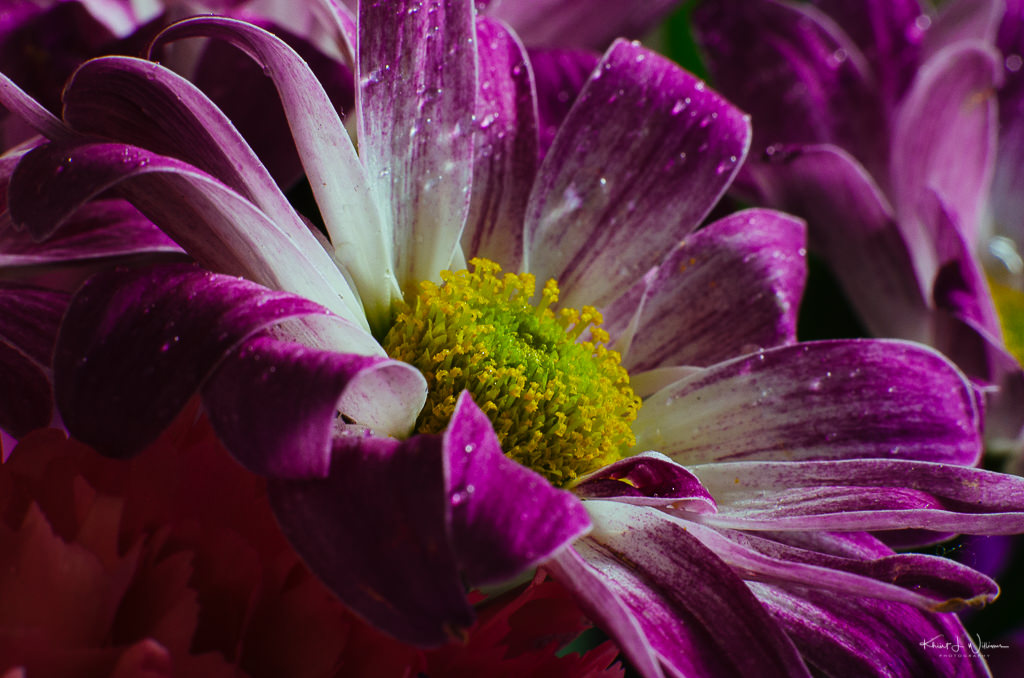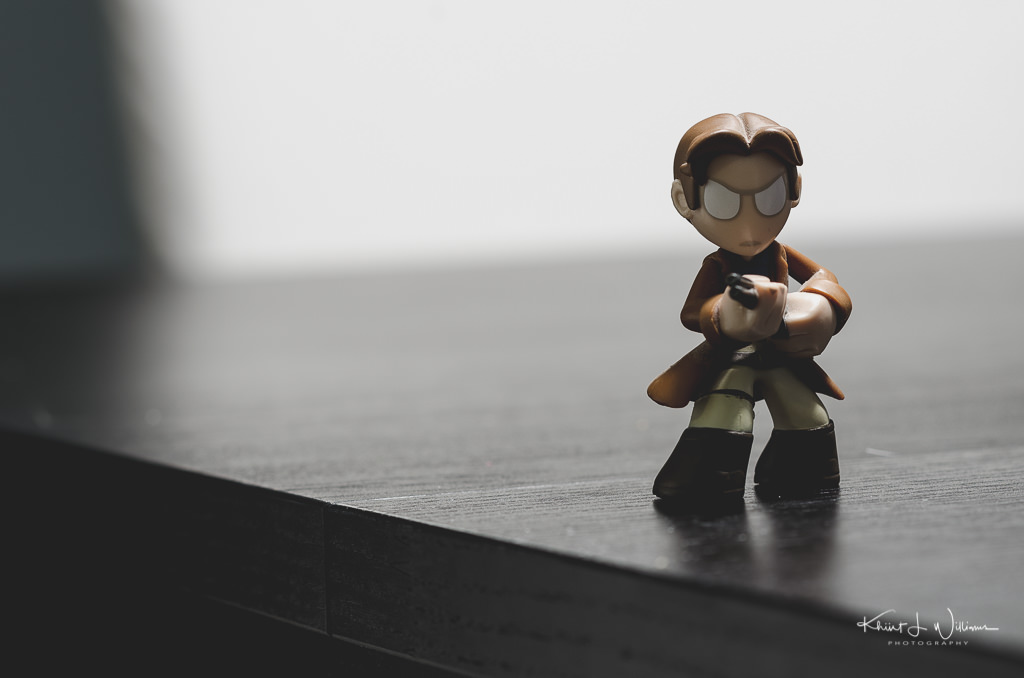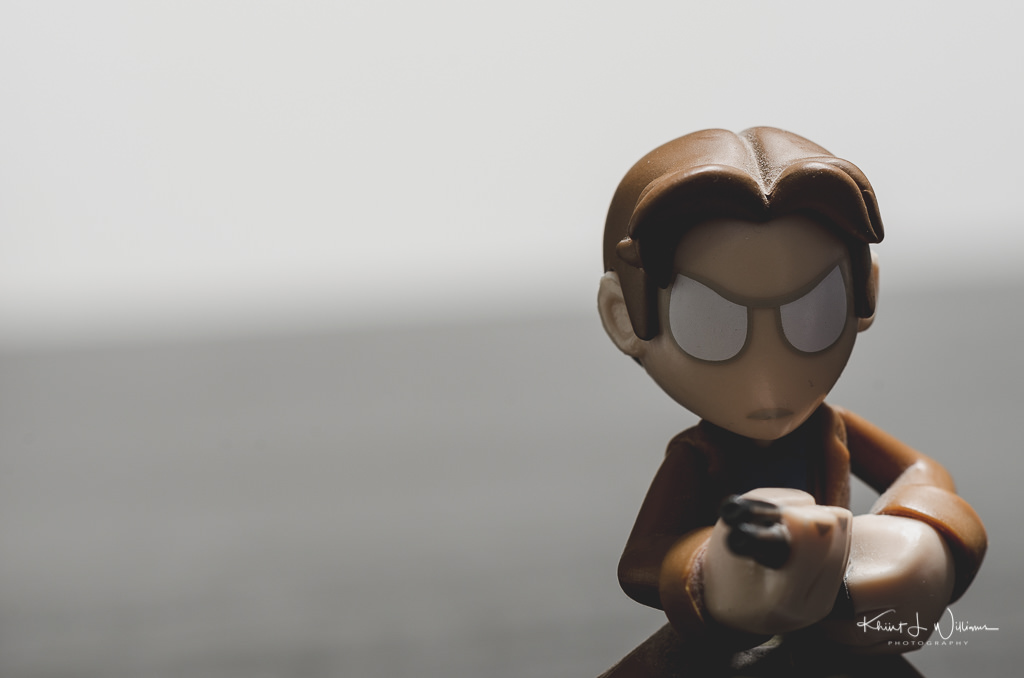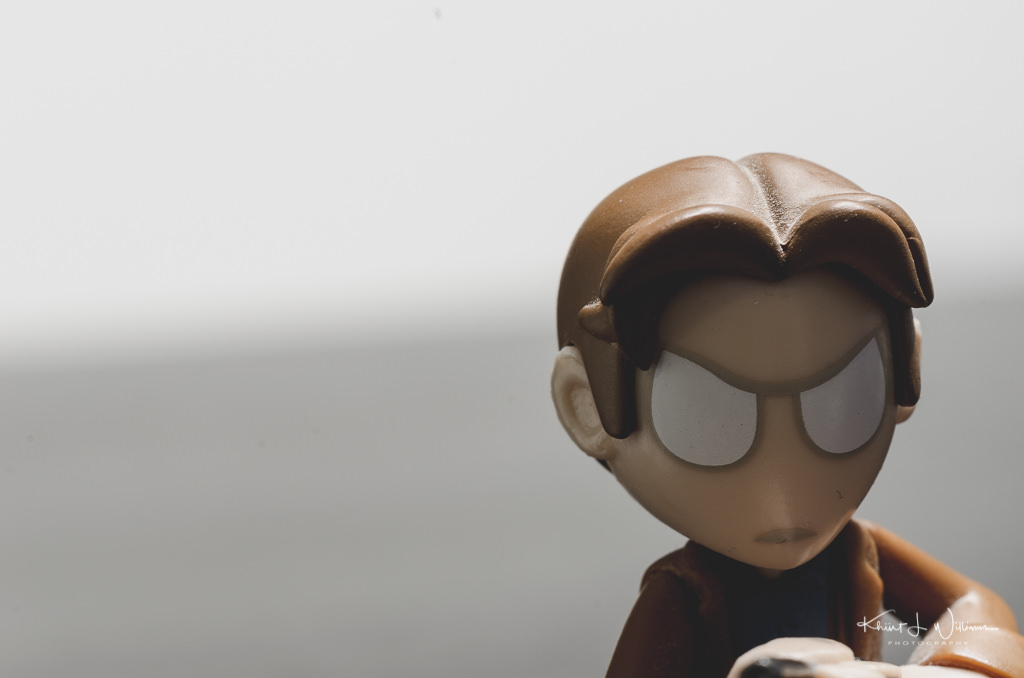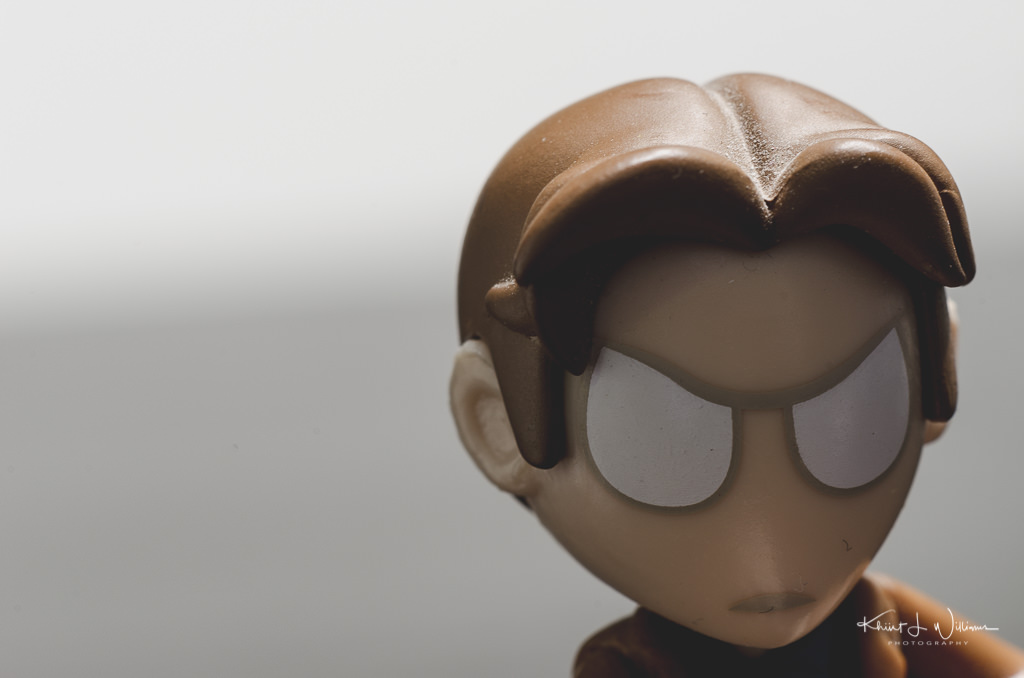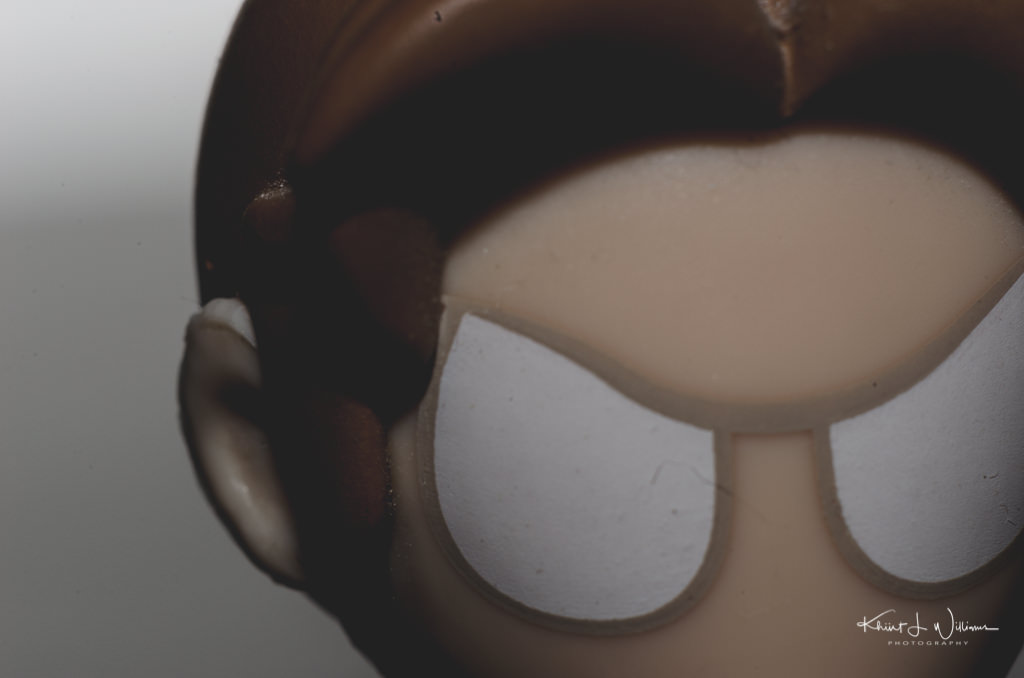I've always been fascinated by macro photography, especially images of insects and amphibians. I sometimes spend hours looking at the work from some of the photographers I follow on flickr.
I had done some web searching and realized that while macro was interesting, it was challenging to do it well, and I possibly needed speciality lenses and other equipment. I wasn't sure macro was something I would want to do often enough to justify the cost of a dedicated macro lens. I bought a focus rail and macro extension tubes. The first set of extension tubes did not support auto-focusing or allow control of aperture. This made things difficult for me. But in my trial and error struggle with the focus rail and manually adjusting shutter speed, aperture and adjusting focal point, I learned a lot. You can see some of my earlier efforts on my flickr.
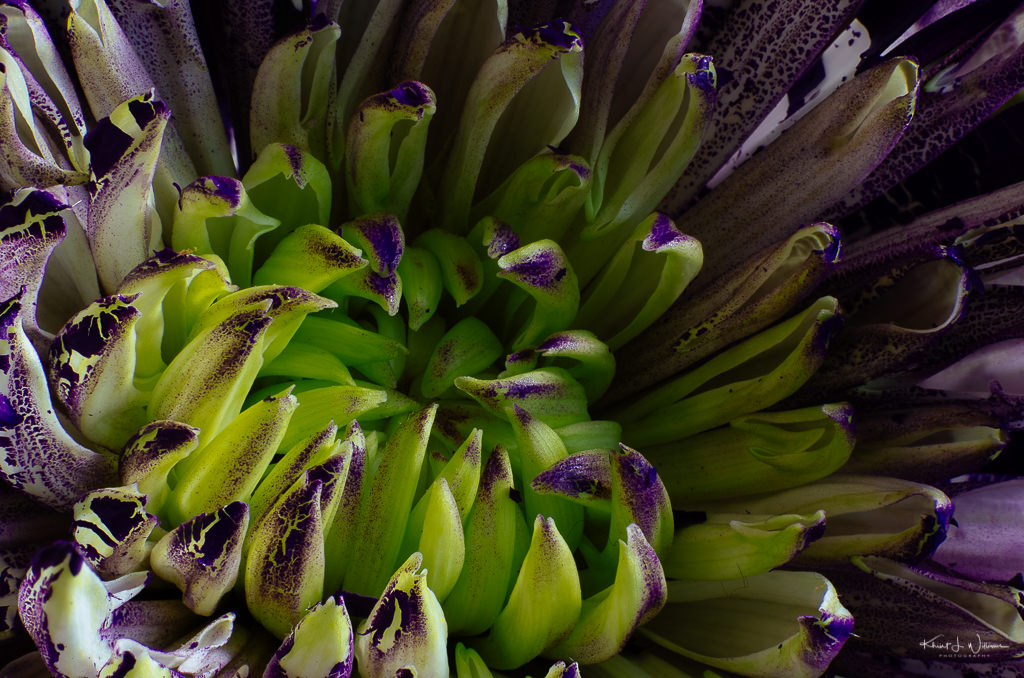 Focus stacked image.
Focus stacked image.
[exif id="24528"]
I learned about focus stacking and perspective shift. I realized that I should have bought the more expensive extension tube (and I did) and that I could improve my focus stacking method by using software with my Mac to move the focal point of my lens automatically.
But I also learned that technique alone was not enough. I wanted help with ideas for what to shoot and "seeing" in macro. I wanted to learn what I could do while stuck indoors during the winter. Wouldn't it be great if I could spend some time with a talented photographer and instructor to help me find fun things I could do with macro photographs? Enter, Loren Fisher.
A few weeks ago, I attended a half-day macro photography workshop. Loren hosted at his studio in Somerville. There are about twenty students in the class, many of them I had met before at other photography events in the area. There were a few new faces. Some people had travelled from New York and other neighbouring states to attend the class.
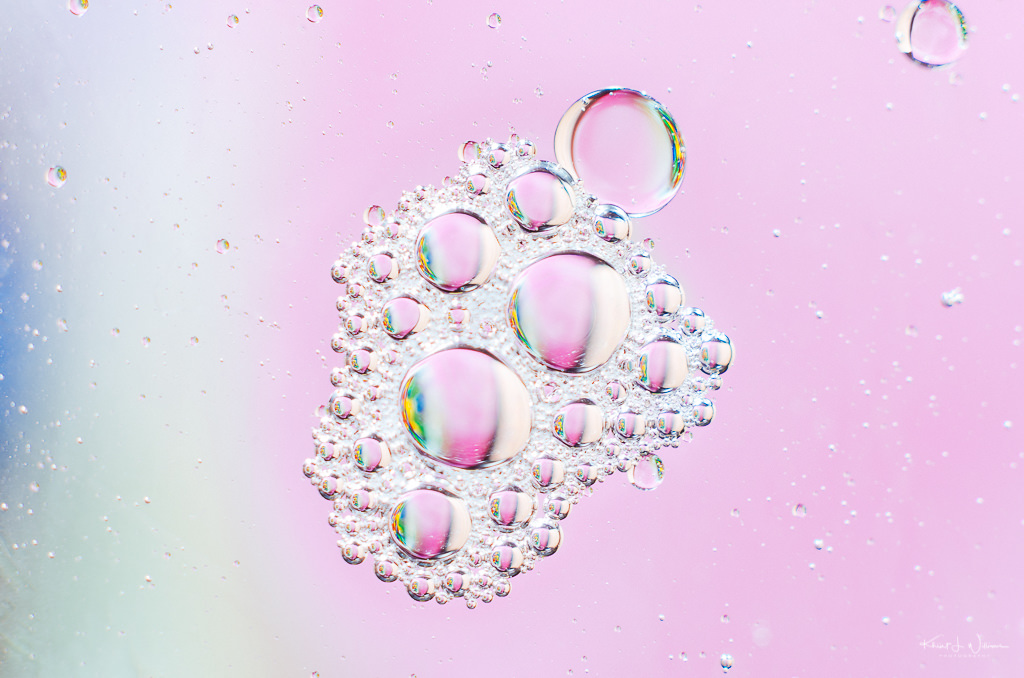
This was my first macro photography workshop and Loren planned a day of indoor macro fun. Loren started with a presentation explaining macro and not and giving us equipment tips and techniques. But more so, he wanted his students to experiment, to pay attention to what we were seeing.
Loren set up several studio rooms with different props and paired us off. One window lit room let in the winter day sunlight onto a bouquet. One interior space had a glass into which we poured seltzer water and photographed the bubbles coming off an inserted lemon. In another interior room, we photographed light through oil and water in a Pyrex dish. We photographed an antique bellows camera and M&Ms with the image refracted through glycerin and plexiglass in two more window-lit exterior spaces.

I had a lot of fun with this workshop. Loren taught me that I don't have to wait for macro photography opportunities to come to me. What we did in the studio that day is easy to duplicate at home. When it snows or when I am bored at home but don't want to get outside, I can still create interesting photographs. And I don't have to go further than my kitchen window.
